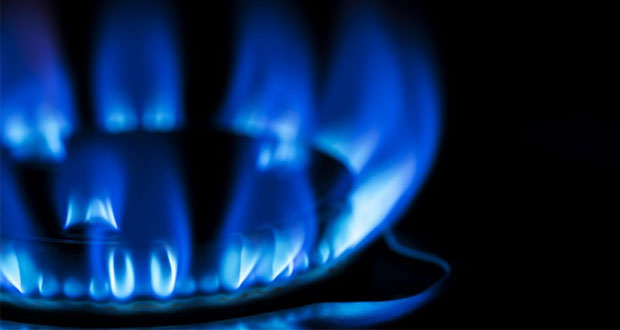Renewable Energy
Energy – In mechanics, is defined as the ability of a body to do work. In the context of thermodynamics, energy is defined everything that has the ability to be transformed into heat at a low temperatures.
Energy can produce work and heat. Its unit of measurement according to the International System is the Joule (J). This in turn can be obtained from different sources of energy, who call themselves ” Renewable Energy ” or ” Energy Resources “. Depending on the sources of energy, energy can be distinguished :
- Renewable energy
- Non-renewable energy
Renewable Energy
Renewable energy is produced comes from renewable sources, which are found in nature and are not exhausted. The most important renewable energy are :
- Solar energy
- Wind energy
- Hydroelectric power
- Geothermal energy
- Energy produced from timber
- Energy produced by the waves of the sea and tides
While renewable-energy sources are:
- The Sun
- The wind
- Water in all its forms
- Plant fuels such as wood
- The heat of the Earth
Non-renewable energy
Non-renewable energy is energy that is produced from non-renewable or slow regeneration, occurring in nature in limited quantities. The most important non-renewable energy are :
- Energy produced with oil and its derivatives
- Energy produced with natural gas
- Energy produced from coal
- Nuclear energy using the isotope uranium 235.
Consequently, the non-renewable sources are:
- The oil
- The natural gas
- The coal
- The uranium
The rapid growth of the economies and industries of the third world has increased the demand for energy. Today, the majority of energy is produced from non-renewable sources, which are also highly polluting and / or low. Hence, the need to find renewable-energy sources that can replace the old systems of energy production.






